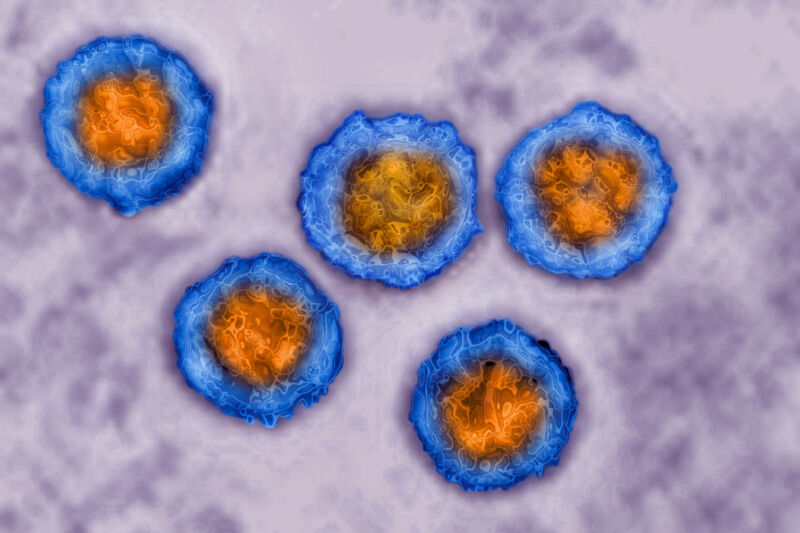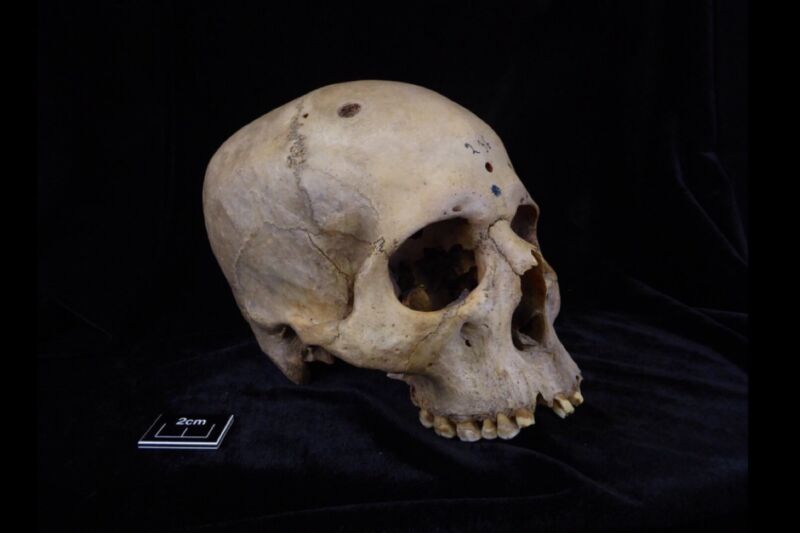Senate panel votes 20–0 for holding CEO of “health care terrorists” in contempt

Enlarge / Ralph de la Torre, founder and chief executive officer of Steward Health Care System LLC, speaks during a summit in New York on Tuesday, Oct. 25, 2016. (credit: Getty | )
A Senate committee on Thursday voted overwhelmingly to hold the wealthy CEO of a failed hospital chain in civil and criminal contempt for rejecting a rare subpoena from the lawmakers.
In July, the Senate Committee on Health, Education, Labor, and Pensions (HELP) subpoenaed Steward Health Care CEO Ralph de la Torre to testify before the lawmakers on the deterioration and eventual bankruptcy of the system, which included more than 30 hospitals across eight states. The resulting dire conditions in the hospitals, described as providing "third-world medicine," allegedly led to the deaths of at least 15 patients and imperiled more than 2,000 others.
The committee, chaired by Senator Bernie Sanders (I-Vt.), highlighted that amid the system's collapse, de la Torre was paid at least $250 million, bought a $40 million yacht, and owned a $15 million luxury fishing boat. Meanwhile, Steward executives jetted around on two private jets collectively worth $95 million.





